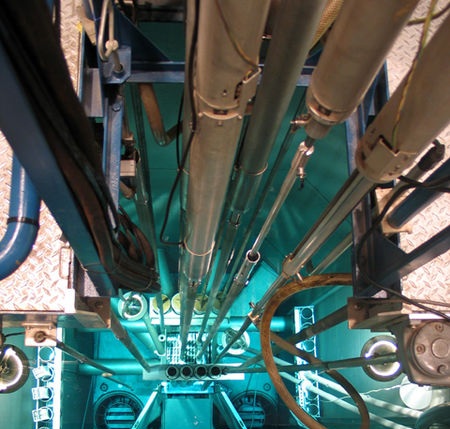
Japanese researchers will soon create a controlled meltdown to prepare and help find ways to avoid disasters like the Fukushima nuclear accident that took place almost two years ago.
A Mini Meltdown
Using a mini-reactor about a meter long. The experiment will test a small fuel rod in a very rapid fission process. The project will begin sometime later this year as they will first start the fission process and then turn off the cooling for the mini-reactor, resulting in a meltdown.
Tomoyuki Sugiyama from Japan Atomic Energy Agency said to MSN, “We want to study exactly how meltdowns happen and apply what we will learn to help improve ways to deal with severe accidents in the future.”
It will be the first experiment of such to be carried out by the Japanese agency. But similar projects have been done in several major nations with atomic power such as the United States and France.
The Fukushima disaster
Following a big earthquake in March 2011 and a resulting tsunami shortly afterward, the cooling system of Fukushima Nuclear Power plant failed to result in the release of radioactivity.
Immediately after the earthquake, reactors 1–3 shut down via control rods. But when the tsunami arrived 50 minutes later, the 14-meter tall tsunami overwhelmed the plant’s seawall and the water flooded the rooms in which the emergency generators were housed. This caused the diesel generators to fail and power was cut to the critical pumps that should continuously circulate coolant water keeping the fuel rods from melting. The secondary emergency backup pumps ran on electrical batteries, but these ran out of power the day after.
Eventually, the cooling was successfully restarted, but not until radioactive materials had escaped into the surrounding lands, sea, and air.
No deaths followed the short term radiation exposure but future cancer deaths rates caused by radiation exposure among the population living near Fukushima are predicted to be elevated.
_______________
http://www.jaea.go.jp/english/index.html
______________________________

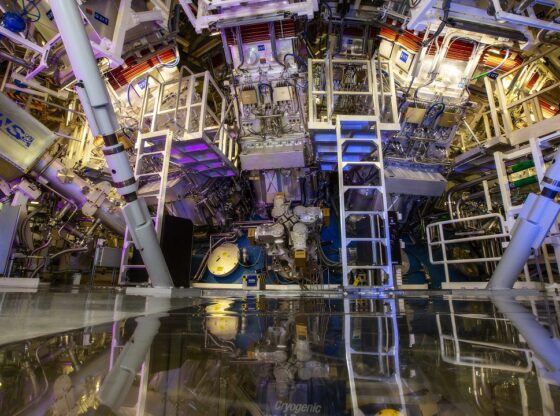
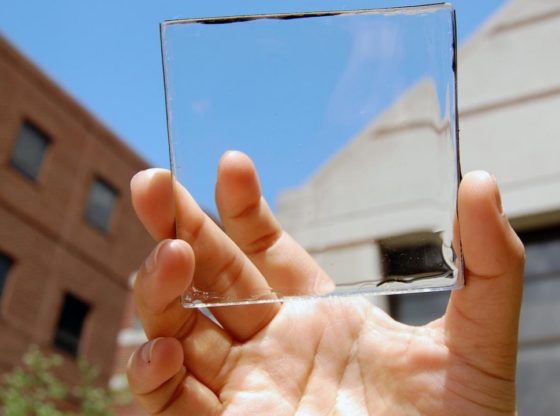

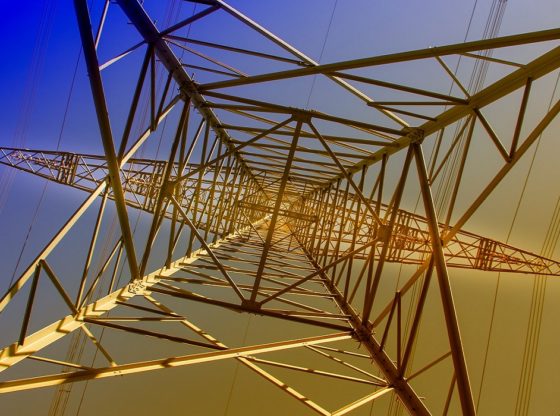
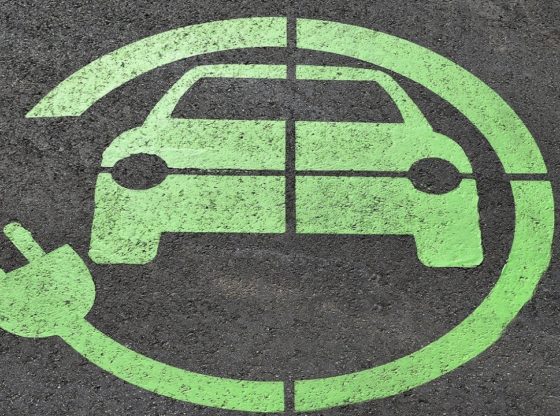


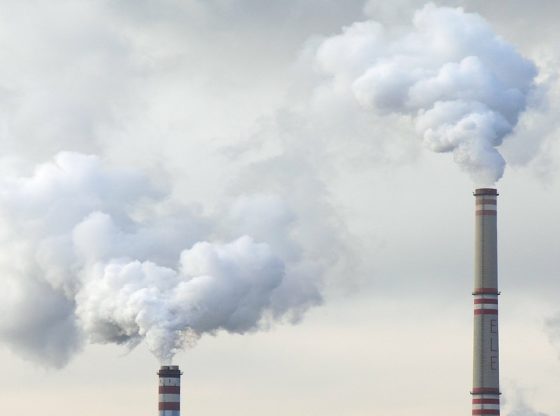

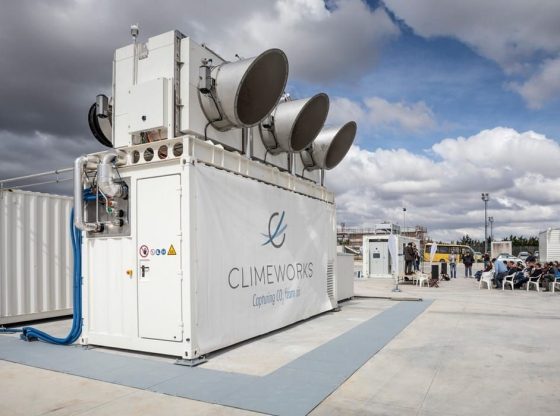
![OpenAI. (2025). ChatGPT [Large language model]. https://chatgpt.com](https://www.illustratedcuriosity.com/files/media/55136/b1b0b614-5b72-486c-901d-ff244549d67a-350x260.webp)
![OpenAI. (2025). ChatGPT [Large language model]. https://chatgpt.com](https://www.illustratedcuriosity.com/files/media/55124/79bc18fa-f616-4951-856f-cc724ad5d497-350x260.webp)
![OpenAI. (2025). ChatGPT [Large language model]. https://chatgpt.com](https://www.illustratedcuriosity.com/files/media/55099/2638a982-b4de-4913-8a1c-1479df352bf3-350x260.webp)








